A good photographer knows that the factors to take a brilliant photo are the combination of the perfect lighting, shadow effects, and how to draw focus to the subject matter. In addition, the portrait must tell a story, and the photographer must know how to eliminate any distraction and feel the right moment when capturing a photo.
After all, the real artist is the photographer’s mind; the camera and lenses are merely tools. But you must be able to learn the basics before capturing a brilliant photo. In line with this, we’ll learn how the F Stop or F Number works. If you have no idea what I’m talking about, then there’s a lot of fundamental lessons you need to learn. Listen up! [table id=2 /]F Stop Explained
Some of the field experts interchangeably used f stop or f number, and it is the ratio between the focal length of the lens to the entrance pupil diameter. The letter F on f stop stands for focal. In simple terms, it can be explained as the number the camera shows when the lens aperture’s size is changed. You may have seen this on the LCD screen of your camera, which usually looks like f/2.8, f2.8, or F2.8. Each camera has a different f stop and can range from f/1.2 up to f/64. The smaller the digits on the f stop, the bigger the aperture opening is. The bigger the value of the f stop, the smaller the aperture opening is. How does it affect the outcome of your shot? Everything gets affected because it depends on how much light comes in your lenses. So this will depend on your subject matter and depth of field, on what f stop you should use. Let’s find out more interesting facts to get that perfect combination for your landscape photography.The Top 10 Top Lenses with Best F Stop for Landscape Photography
Each camera lens has limitations when it comes to its maximum aperture. When you’re on a tight budget and want to get the best out of your buck, consider these top 10 lenses for F Stop Photography. Pro tip: If you’re into landscape photography, choose a camera lens with an f stop scale of f/2 up to f/4 apertures. When taking shots of sceneries, you will want more light coming into your camera.#1 Canon EF 16-35mm f/4L IS USM
The EF 16-35mm f/4L of Canon’s L-Series covers a wide-angle focal range, thanks to its aperture range f/4 to f/22. It has an impressive image stabilization for sharp imagery. The color accuracy and high clarity on any zoom range can also be noticed thanks to its two dispersion elements designed to be ultra-low. Key Features: ● Aperture: f/4 to f/22 ● Two Dispersion Elements (Ultra-Low) ● Three Aspherical Elements: For clarity and sharpness in any focal range#2 Canon EF 11-24mm f/4L USM
Another versatile product from the L-series of Canon lenses is the EF 11-24mm f/4L. It is considered one of the most versatile lenses because of its wide-angle feature ideal for architectural and landscape photography. Like the EF 16-35mm f/4L IS USM mentioned above, its aperture range is from f/4 to f/22. Key Features: ● Aperture: f/4 to f/22 ● One UD Element + One Super UD for consistent corner-to-corner illumination and sharpness ● ASC and SWC coatings for landscape or architectural photography ● Aspherical Elements: 4#3 Canon EF-S 10-22mm f/3.5-4.5 USM
Another recommended lens for F Stop Photography is the EF-S 10-22mm f/3.5-4.5, specially designed for the Canon EF-S-mount DSLRs.The aperture range is f/3.5-27, which makes it suitable for different photography conditions. It even has a super ultra-low dispersion element which is considered a high spec in camera lenses if you talk about color accuracy and contrasts. Key Features: ● 35mm Equivalent (16-35.2mm) ● Aperture: f/3.5 to f/27 ● Dispersion Element: Super Ultra-Low to control spherical and chromatic aberrations #4 Nikon AF-S Nikkor 16-35mm f/4G ED VR The Nikkor 16-35mm f/4G lens covers a variety of wide-angle focal depths, making it useful for interior, cityscape, and landscape photography. It can work well with different lighting conditions thanks to its maximum aperture at f/4. The aspherical elements of the Nikkor 16 allows a clear and sharp image. Key Features: ● Aperture: f/4 to f/22 ● Two ED and Three Aspherical Elements for accurate, sharp and clear output ● Nano Crystal Coat to help in color accuracy even in harsh lighting conditions#5 Nikon AF-S DX Nikkor 10-24mm f/3.5-4.5G ED (for APS-C sensors only)
Another ultrawide angle lens from Nikon is a must-have for those who are into architectural, indoor, cityscape and landscape photography. In addition, it is useful for capturing videos because of its Silent Wave Motor technology for auto-focus performance. This technology can withstand vibrations so as not to capture movements and to stay still especially when taking a video. Key Features: ● 35mm Equivalent (15-36mm) ● Aperture: f/3.5 to f/22 ● Two ED and Three Aspherical Elements for clarity and sharpness ● Silent Wave Motor#6 Tamron SP 15-30mm f/2.8 Di VC USD
If you’re looking for a view with wide angles for a full-frame camera, Canon EF mount Tamron SP 15-30mm f/2.8 is your lens of choice. Its wide-angle zoom is fast and performs well even in poor lighting conditions. It also provides selective focus and shallow depth of field that can handle well in harsh lightings. Key Features: ● Aperture: f/2.8 to f/22 ● LD and XGM Glass Elements or clear and sharp imagery ● Vibration Compensation to minimize camera shake and a more stabilized image ● BBAR and eBAND coatings to help repel contaminants and moist#7 Sigma 12-24mm f/4 DG HSM Art Lens
Another ultra-wide lens from Canon Art-series is the EF-mount Sigma 12-24mm f/4. It is recommended for F Stop Photography due to its flexibility in any lighting condition, has a high level of sharpness, and reduces image distortion dramatically. Key Features: ● Aperture: f/4 to f/22 ● One SLD + Five FLD + Three Aspherical Elements – to minimize spherical and chromatic aberrations for color accuracy and clarity#8 Canon EF 24-70mm f/4L IS USM
Another Canon L-Series lens recommended for F Stop photography is the EF 24-70mm f/4L. If you’re having issues with clarity, sharpness, color accuracy, and contrast, this might be the lens that suits your needs. Key Features: ● Aperture: f/4 to f/22 ● Two Aspherical and UD elements to minimize aberrations and distortions for clear and sharp shots ● Super Spectra Coating for accurate color and a more excellent contrast#9 Canon EF 24-105mm f/4L IS II USM
Another Canon L-Series with an optical design for wide and short focal lengths is a great accessory for landscape photography. It helps in reducing distortion, spherical aberrations, and has excellent contrast even in adverse lighting conditions. Key Features: ● Aperture: f/4 to f/22 ● Four Aspherical Elements for sharp and accurate photo subjects ● Air Sphere with Fluorine Coatings to adjust in harsh lights#10 Nikon AF-S Nikkor 24-70mm f/2.8G ED
Last but not least, is from Nikon with a versatile zoom and a sophisticated design. Its maximum aperture of f/2.8 ensures perfect illumination and performance in any zoom range. Key Features: ● Aperture: f/2.8 to f/22 ● Three Aspherical + ED Elements of a high degree of clarity and image sharpness ● Super Integrated and Nano Crystal Coatings for color accuracy and controlled contrast ● Silent Wave Motor great for still photos and capturing videos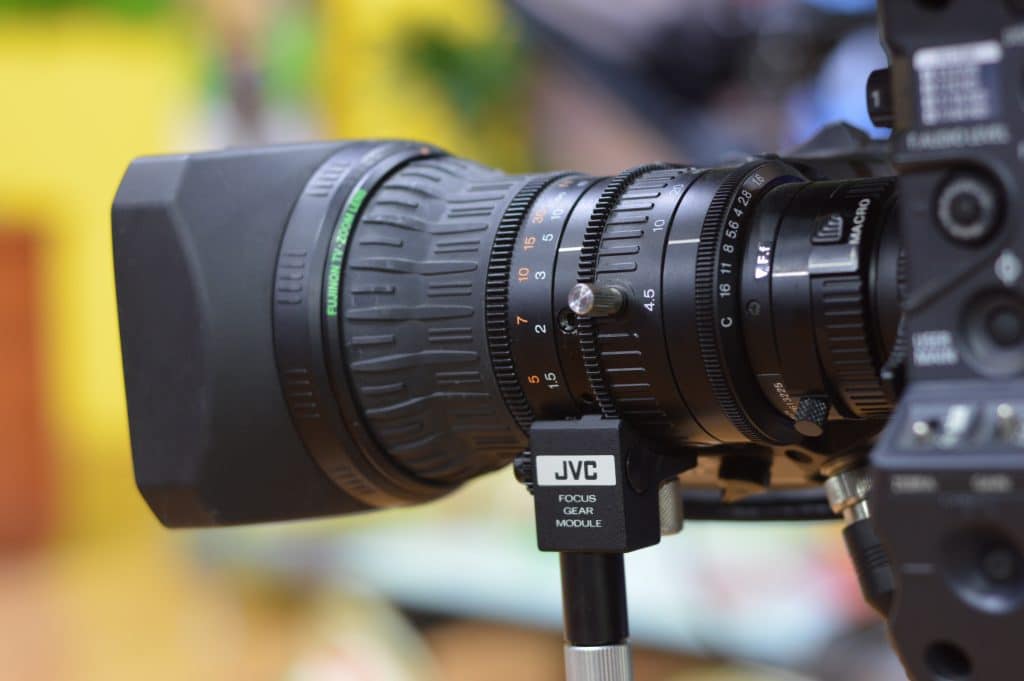
Buying Guide: Features You Need to Know Before Buying
Now that you’re aware of the top 10 camera lenses, it makes sense that you should be aware of their features first before taking a pick.F Stop and Depth of Field
The depth of field is another feature that dramatically impacts the amount of light coming in through the lens aperture, when the depth of field gets more profound when it stops (ergo f stop) down. It’s relatively easy to understand if you’re into focused photography, and you want a specific part of the subject to have a blurry background but a sharp head, use the f4 scale. That is why in portrait photography, f stops ranging from 1.4 to 2.8 are mostly used to have a shallow focus where only a limited part of the subject is sharp, and the rest can be blurry. On the contrary, landscape photography f stops like f/8, f/11, or f/16 are mostly used because you want the entire photo to be sharp. The same concept applies to the cityscape and architectural photography. A pro-tip when it comes to the relationship of the depth of field to the aperture is when it comes to the blurry effect. If a photographer uses the larger aperture, it will result in a large background and foreground blur. This is desirable for portraits where you want the subject isolated, and you want to get rid of the background’s distractions. If a photographer uses a larger aperture, it will have a pleasing effect because the background can be blurred. This is called the “bokeh” effect and is usually used in portraits, nature, and sports photography. In the case of higher apertures, it has a smaller lens opening. As a result, this will have a wider depth of field, and the background is sharper. A good photographer knows that this is not good for portrait or focused photography. The distractions seen in the background may not capture the real essence of the photo. Say, for example, you’re taking a picture of a cat with heterochromia iridis (different colored eyes), and the background is ball yarns that are of a different color. You wanted to capture the cat’s eye, and want to emphasize it. If you use a smaller aperture, let’s say f/22, given the colorful background that will come up as sharp in the picture, the whole purpose of the photo will not be captured. That is the great difference between using a smaller and larger aperture.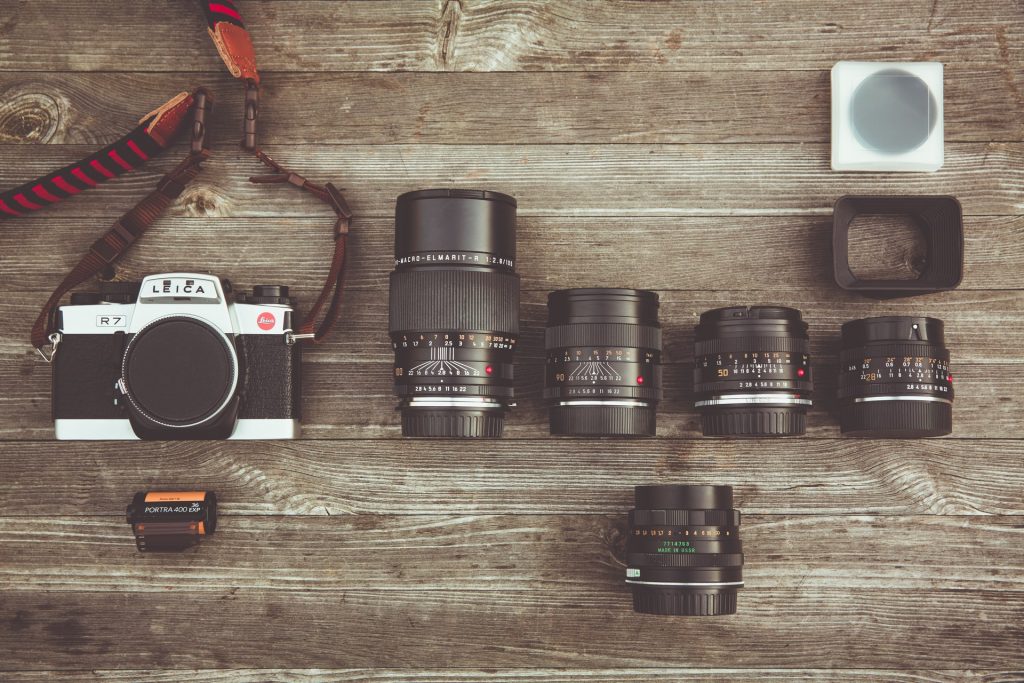
Aperture Scale
When investing on a new camera lens, check on its f stop scale or aperture range. If you figured out what kind of photography you’d like to focus on, it wouldn’t be too hard for you. If you have figured that you’re into portrait photography, go for f/1.4 to f/4.0 aperture scale. If you’re into nature and wide-angled subjects, go for f/8 or higher. Remember that the higher the number on the f stop, it gets less light in. Most of the cameras available in the market now have the standard f/1.8 or f/3.5. So if you want to level up and be able to do different kinds of photography, check the aperture scale. Here’s the aperture scale you can choose from.Portrait Photography:
● f/1.4 ● f/2.0 ● f/2.8 ● f/4.0 – one of the sharpest f stop ● f/5.6 – one of the sharpest f stopLandscape Photography:
● f/8.0 – one of the sharpest f stop ● f/11.0 ● f/16.0 ● f/22.0 ● f/32.0 (almost has no light) That’s why photography is an art that requires the right combination of skills and fundamental tricks to come up with a masterpiece. Along with the depth of field and aperture scales, you have to check on the image sharpness. This is the next feature I will get into.F Stop Effects on Image Sharpness
With smaller apertures, the images soften because of the diffraction. The camera effect called diffraction is an integral part of apertures less than f/22. Not all of us know and understand how diffraction can influence and soften the images at smaller apertures. That is the reason why, when stopping down, the camera’s view loses its sharpness. The smaller the aperture, the softer the image gets. The concept of diffraction is simple. The more your squint or “stop down” the image gets sharper, and thus focus improves, do otherwise, and the image gets fuzzy. What you have to look at are the terms called “Elements.” You may notice in the key features of the products above you could see terms like four aspherical elements, LD glass elements, or Ultra-low dispersion element. Look for three or higher elements for sharper and clearer images if you want to get the best out of your money.
Other Effects of F-Stop
Aside from diffraction, you may also want to consider the brightness settings, lens aberrations, and sun stars. Along with the depth of field, these are the essential skills you need to master to have a great outcome.Lens Aberration:
As others would call it, optical aberration causes the light of the lenses to spread from corner-to-corner rather than having a limited point of focus. It causes the image to get distorted or blurred.Brightness:
As the aperture is responsible for how much light is coming in, you can adjust the brightness settings, especially with harsh lighting conditions. The exposure compensation can increase or decrease and may darken or brighten the light.Sun Stars:
Just like the lens aberrations, the sun stars influence the light coming through. It causes the light passing in the small aperture to spread out inside the lens. The number of sun stars determines how many aperture blades there are.Why is Aperture Important?
The hole in the lens of your camera enables the light to pass through. Since aperture influences the exposure and brightness of images, photographers must be able to grasp this concept by heart. Once the aperture is large, a lot of light will pass through it, and as a result, you’ll have a brighter photo. If you adjust the aperture to be smaller, it will make the photo look darker. For indoor shoots that don’t have sufficient lighting or when taking pictures at night, it is best to use a larger aperture to capture more light. There is more knowledge we need to know, so it’s time to dissect further, and let’s figure out what an aperture blade is.Aperture Blades
Aperture blades or what others call as the diaphragm in optics are small circular holes that can be opened or closed; thus, changing the size of the aperture. Often you will hear a photographer’s language saying to “stop down” (or close the aperture blades) or to “open up” (to widen the aperture blades). If you’re an amateur photographer, these are the terms you might want to take note of, as you’ll surely encounter this when mingling with other photographers. Other from the light that’s coming in, the aperture directly affects the depth of field too. You can manually adjust it or enter it in the aperture-priority mode on your camera. That’s why it’s important to play around with your camera and have practice shoots so you’ll get used to the aperture modes.Why is Aperture Written as an F-number?
Ever wonder why the aperture is written with the letter F and a digit? This is a fraction. For example, f/8 means ⅛ (one-eight), f/2 means ½ (one-half). That is why the smaller the digit like f/2 or ½ the larger it’s aperture. The bigger the number, like f/16 (1/16), the smaller the aperture. It’s the same concept of the fractions we studied during our grade-school days. When you are asked to use larger apertures to take a picture, the f stop usually used are f/1.4, f/2, or f/2.8. If you are asked to use smaller apertures, use f/8 to /16 ranges.What Does the “f” Stand For?
The letter “F” means focal length. As I mentioned earlier, the f stop is a fraction. When the focal length is used as a fraction, you are solving for the lens’s aperture blade’s diameter. In other words, it is the diameter of the blades that appears on your camera’s lens. So let’s say you have a Canon EF 24-105mm f/4L IS II USM. It’s fully zoomed out to 105mm, and f/4 stop is used, the diameter of your lens aperture blades will look 26.25 mm across (105/4). As compared to using a smaller aperture such as f/16, the diameter is reduced to 6.5mm (105/16).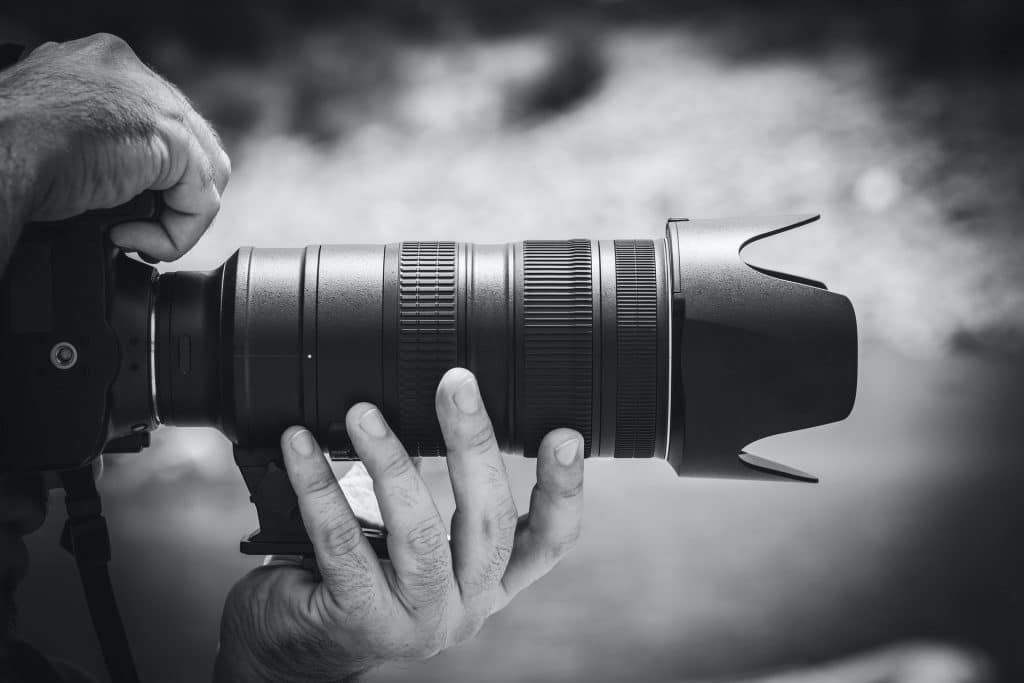

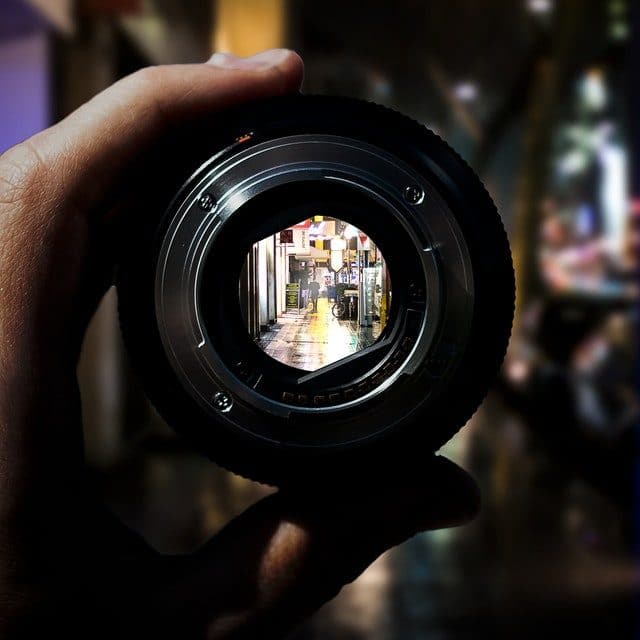
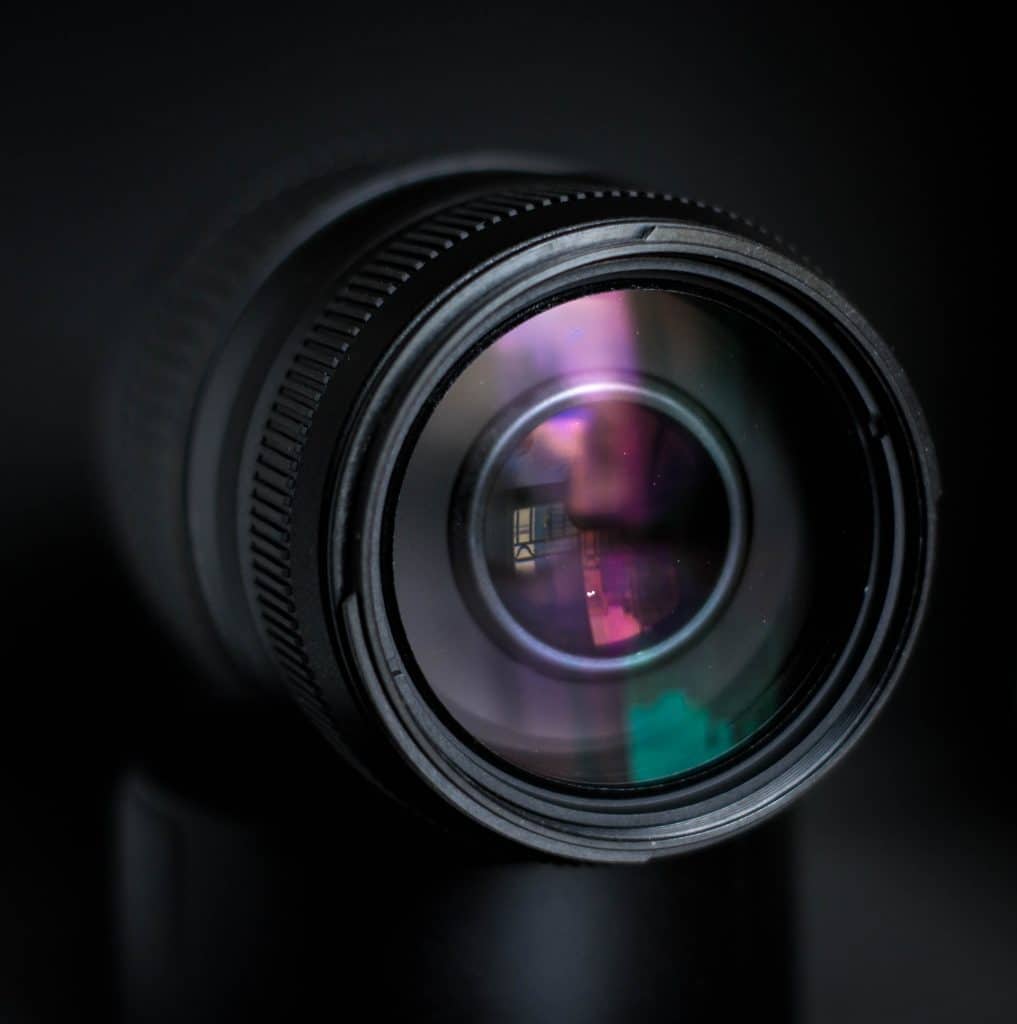

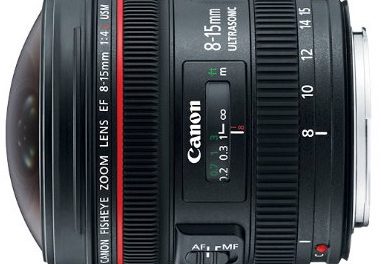

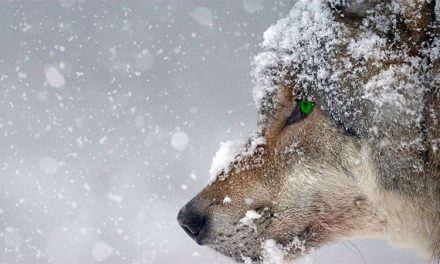
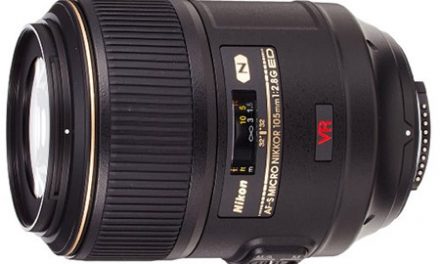





Discussion about f stop was an informative piece of content in its own standing and you have given some of the great products related to f stop. This is actually amazing. Thanks a lot!